Often our well-travelled guests are surprised to encounter the isolating locations of our lodges, virtually untouched wilderness surrounding them in every direction. We wanted to give you an idea of where your travels can take you.
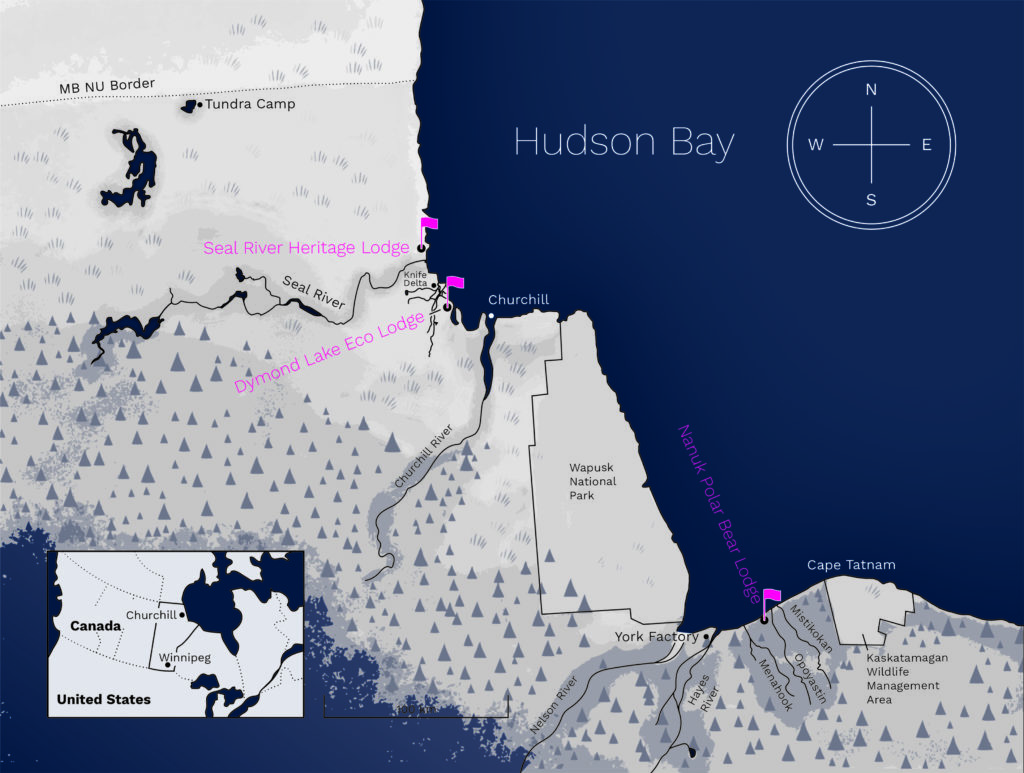
Churchill Wild’s Lodge Locations
Canada, by area, is the second-largest country in the world but ranks 37th in terms of the world population. Over half the population lives in two provinces: Ontario and Quebec. Canada is full of large swaths of uninhabited land stretching through forests, tundra, taiga, prairies, and mountains.
Manitoba ranks 8th inland size out of all our provinces and territories. It is approximately three times the size of the United Kingdom – with less than two percent of the entire United Kingdom population.
Imagine you are standing in the state of California, but instead of 40 million people, there are only 1.3 million people (about the population of New Hampshire). Imagine around 95% of that population lives 1000 km (650 miles) from you, and the rest is unreachable by road. This brings you to Churchill, Manitoba, the closest town to Churchill Wild’s lodges. It has a population of fewer than 900 people. There are no roads to Churchill, so the only transportation is by train, plane, or boat.
Landing in the town of Churchill, Manitoba, can often feel as remote as you can get in the world. Yet, at the very end of the railway tracks leading north, a small eclectic town, its people are hardy and close-knit. It rests by the mouth of the Churchill River, emptying into Hudson Bay. From there, you travel to one of our lodges spread out along the coast.
Hudson Bay is the dominant influence on the weather in and around it. “The Cold Ocean” makes the lands that border it resemble High Arctic regions further north. Hudson Bay is shallow – less than 600 feet deep at any point, and currents and wind action constantly break the ice cover, making the entire Bay an excellent habitat for ringed, harbour and bearded seals and the polar bears that depend on them. In addition, several bird species live their entire lives on or near the Bay, such as the Hudson Bay eider duck that lives all winter on the shore leads in the ice, diving for mussels for food.
The coast of Hudson Bay – from the shore leads in the ice just offshore to the taiga forest inland – is the area teeming with wildlife that borders the taiga – the northern coniferous boreal forest and the expansive treeless tundra further north. This unique ecotone – where three broad ecosystems meet – brings together an incredible number and diversity of species. Plants and animals associated with Southern biomes meet species from the Arctic and marine habitats.
Creatures like the snowshoe hare, the lynx, the red squirrel, the martin, the fisher, moose, black bears, warblers, woodpeckers, and others venture to the forest’s edge but rarely beyond it. Others such as the Arctic hare, Arctic fox, barren land grizzly, ptarmigan and snowy owl make the tundra their home. A few animals, like the caribou, spend their summers in the tundra and winter in the taiga, and marine mammals such as the seal, beluga, and bowhead whales, and of course, the polar bears are tied to the water and ice of Hudson Bay.

Photo By John McCaine
Our lodges are situated among a mix of taiga, tundra and boreal forest, providing homes and feeding areas for various wildlife. Taiga means “land of the little sticks,” aptly named for the small trees and shrubs growing in the land. Their growth is restricted by permafrost acting as a barrier to their roots. This boreal forest of coniferous trees stretches across North America and Eurasia.
In contrast to the taiga, the tundra is wide open and spacious. It comes from the Finnish word tunturia, meaning “the treeless plains,” and is the coldest of the biomes. It also receives low amounts of precipitation, making the tundra-like a desert in many ways. Vegetation in the tundra has adapted to the cold and the short growing season (on average 50 – 60 days).
The trees that manage to grow stay close to the ground, insulated by snow during the cold and windy winters. Many animals make the tundra home year-round, such as the Arctic fox, Arctic hare, Sik Siks (Arctic ground squirrels), and even some bumblebees hibernate all winter.
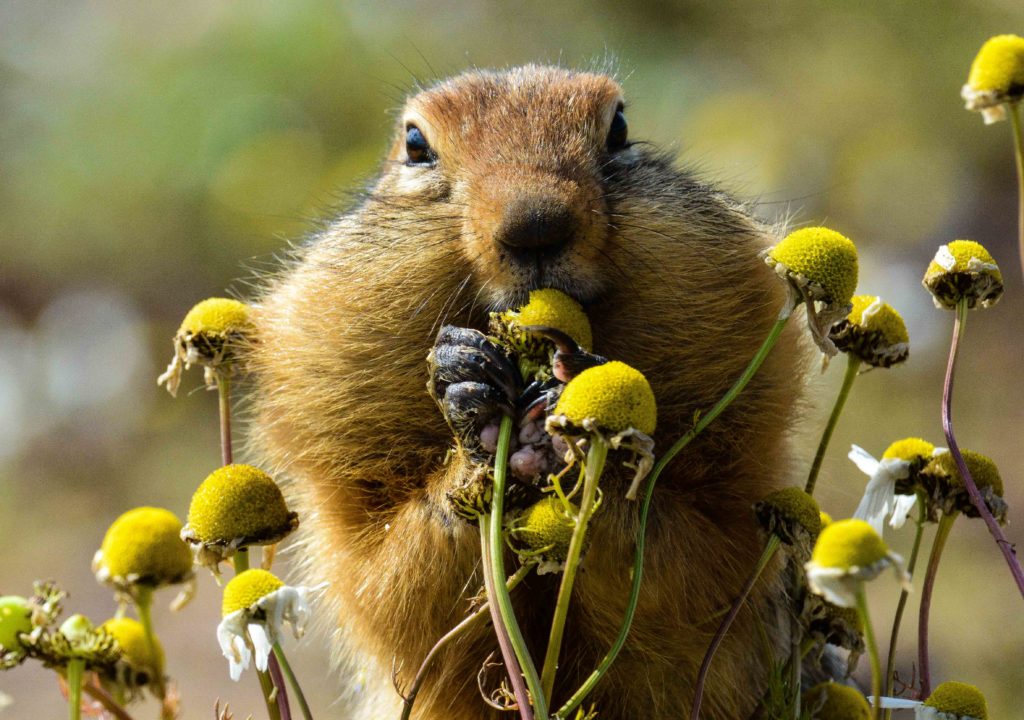
Photo By Ian Evans
Migratory species such as waterfowl, shorebirds and caribou avoid the most severe conditions of winter but return to enjoy the flush of summer productivity. Each year, they move southward into the boreal forest or beyond at the end of the abridged growing season but return to the tundra to breed. In contrast, the polar bears move north when the cold temperatures start forming large ice floes on Hudson Bay to hunt seals for the winter – aside from the mothers that head inland to their dens to give birth.
This gathering and the subsequent departure of wildlife create our lodge seasons to watch and photograph the meeting of so many species in one place.

Photo By Charlotte Horner
Whether you skip across the water to Dymond Lake Ecolodge, further north to Seal River Heritage Lodge, or down past York Factory to Nanuk Polar Bear Lodge, you will encounter a remote wilderness.
Looking to travel in the northern reaches of Manitoba, Canada? Join us for a wild Arctic adventure.


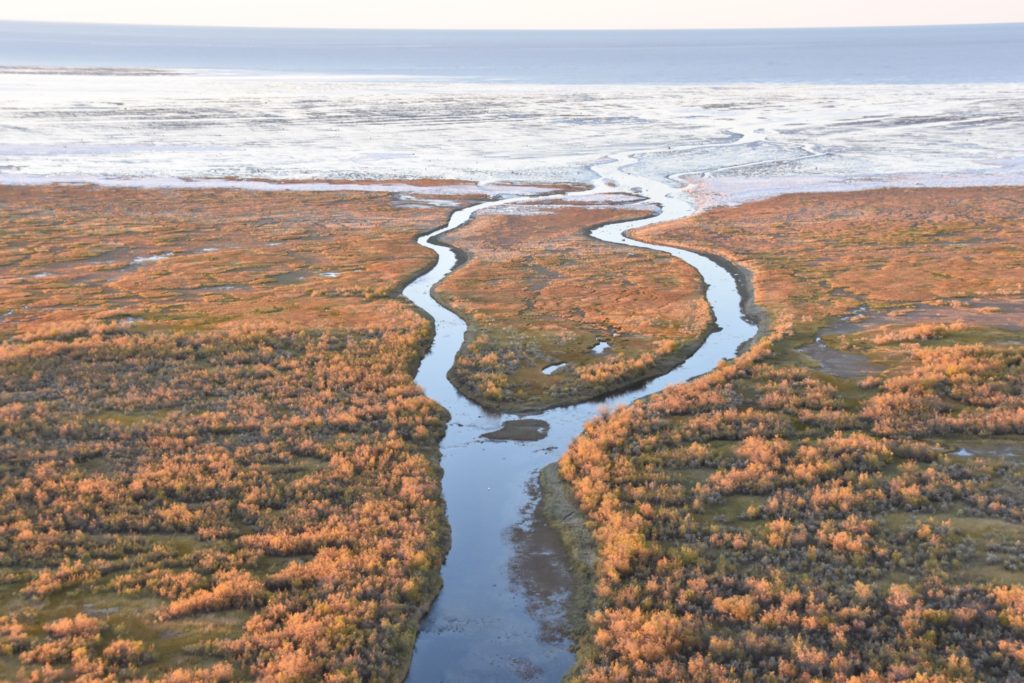
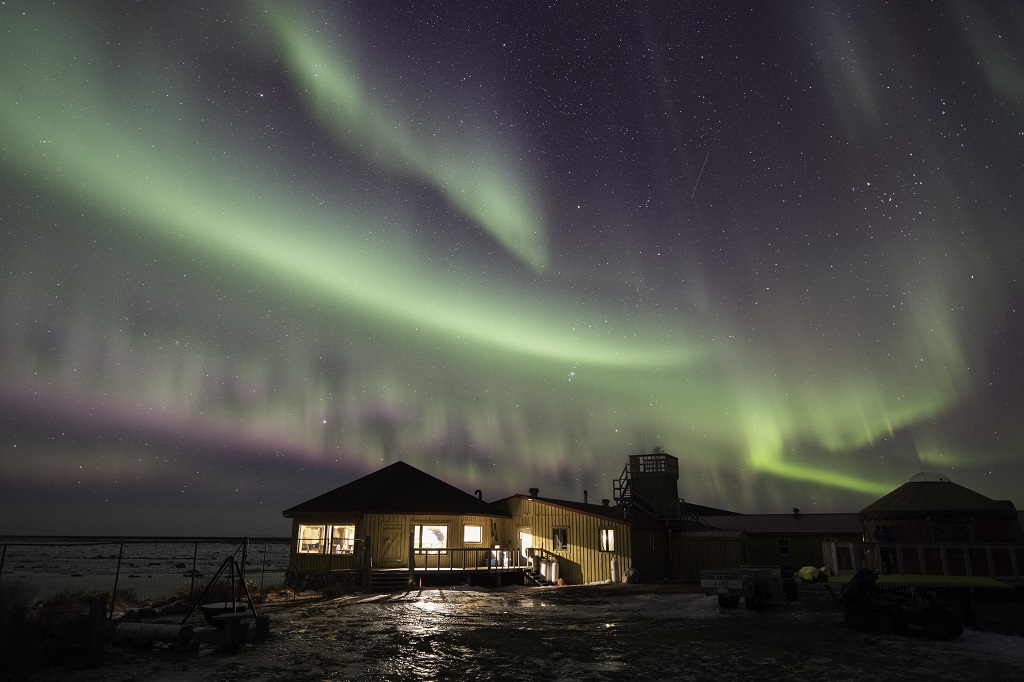







I would like to reserve for March 2024 nanuk Lodge.
Hello Martin, thank you for your note. Please email info@churchillwild.com and they will be able to set you up.